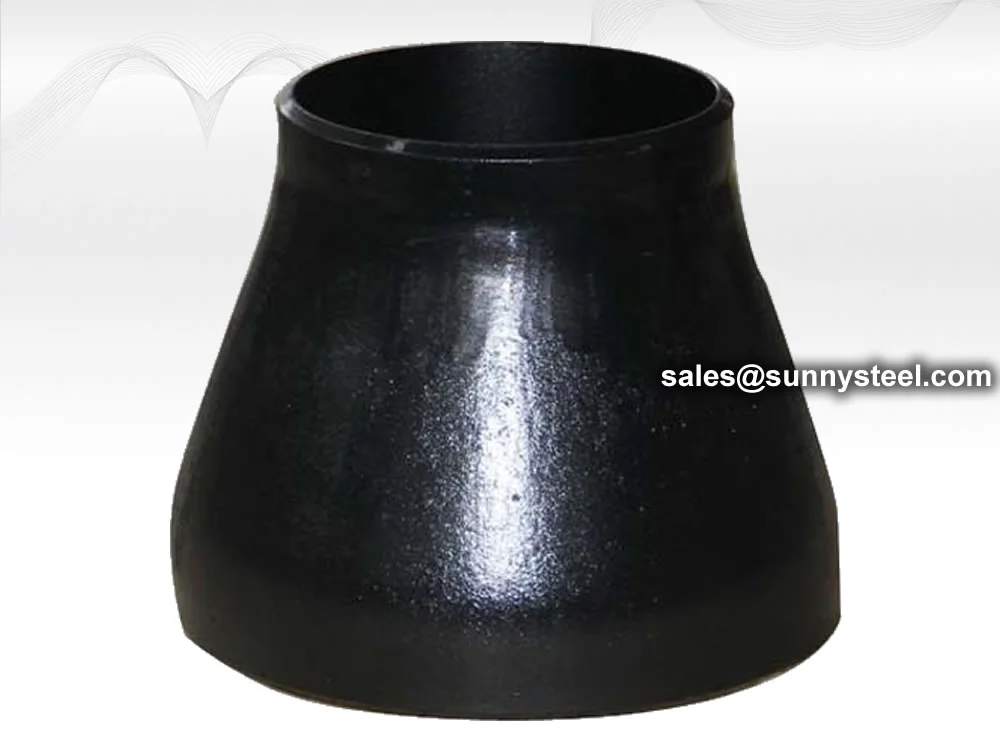
High-quality Concentric Pipe Reducers For Boiler And Petrochemical Applications
Concentric reducers are essential pipe fittings that connect pipes of different diameters with aligned centerlines, ensuring uniform flow transitions in vertical pipelines.
High-quality Concentric Pipe Reducers For Boiler And Petrochemical Applications
Concentric reducers are essential pipe fittings that connect pipes of different diameters with aligned centerlines, ensuring uniform flow transitions in vertical pipelines.
Smooth transition from large to small bore
Minimizes noise and vibration
Prevents air bubble accumulation
Maintains pipeline integrity
Concentric reducers are essential pipe fittings that connect pipes of different diameters with aligned centerlines, ensuring uniform flow transitions in vertical pipelines. They are critical for boiler pipeline protection and corrosion resistance in industries such as power generation, petrochemical, and chemical processing, providing seamless flow in high-pressure and high-flow systems.
Concentric reducers are manufactured using seamless or welded pipes, or forged components, with materials like carbon steel (e.g., ASTM A234 WPB), stainless steel (e.g., ASTM A403 WP304, WP316L, WP347H), and alloy steel (e.g., 12Cr1MoVG). Available in sizes from 1/2" (12.7mm) to 48" (1219mm) nominal diameter, with wall thicknesses from 0.5mm to 50mm, they comply with standards like ASME B16.9 and ASTM specifications. Protective coatings such as FBE, galvanization, or passivation enhance corrosion resistance in aggressive environments.
These reducers undergo rigorous testing, including chemical analysis, tensile testing (e.g., ≥515 MPa for WP347H), hydrostatic testing, and nondestructive methods (radiographic, ultrasonic, PMI). With material density ranging from ~7.85 g/cm³ (carbon steel) to ~7.96 g/cm³ (stainless steel) and thermal conductivity suited for high-temperature applications (up to 870°C for stainless steel), concentric reducers ensure reliable performance in high-pressure piping systems (≥9.8 MPa), such as boilers, heat exchangers, and refinery pipelines.
The concentric design promotes balanced flow, minimizing turbulence in vertical pipelines, which enhances erosion resistance and ensures efficient fluid dynamics. Applications include large-scale cooling systems, structural piping, and high-pressure boiler setups, addressing challenges like pipeline corrosion, flow inconsistency, and thermal stress in demanding industrial environments.
| Specification | Details |
|---|---|
| Standards | ASME B16.9, ASTM A234, A403, A420, GB5310 |
| Type | Concentric Reducer |
| Materials | Carbon Steel (e.g., A234 WPB), Stainless Steel (e.g., WP304, WP316L, WP347H), Alloy Steel (e.g., 12Cr1MoVG) |
| Sizes | 1/2" (12.7mm) to 48" (1219mm) Nominal Diameter |
| Wall Thickness | 0.5mm to 50mm |
| Manufacturing | Seamless Forming, Welded Fabrication, Forging, Press Forming |
| Coatings | FBE, Galvanization, Passivation |
| Testing | Chemical Analysis, Tensile (e.g., ≥515 MPa for WP347H), Hydrostatic, Radiographic, Ultrasonic, PMI |
| Operating Conditions | Pressure: ≥9.8 MPa, Temperature: Up to 870°C (material-dependent) |
Coatings and material selection ensure protection in harsh environments.
Aligned design minimizes turbulence in vertical pipelines.
Aligned centerlines ensure balanced fluid dynamics.
Reliable up to 870°C for stainless steel grades.
Compatible with various materials and welding techniques.
Robust for high-pressure and corrosive applications.
| Feature | Concentric Reducer | Eccentric Reducer |
|---|---|---|
| Design | Aligned centerline | Offset centerline |
| Flow Efficiency | Good (uniform flow in vertical pipelines) | Good (prevents sediment buildup in horizontal pipelines) |
| Erosion Resistance | Good (balanced flow in vertical systems) | Excellent (minimal turbulence in horizontal systems) |
| Applications | Vertical pipelines, boilers, petrochemical | Horizontal pipelines, boilers, petrochemical |
| Space Requirement | Moderate | Moderate |
| Cost | Moderate to high (material-dependent) | Moderate to high (material-dependent) |
| Key Advantage | Uniform flow in vertical systems | Prevents air/liquid trapping in horizontal systems |
A curated list of long-tail keywords for concentric reducers, covering materials, standards, and industrial applications.
Note: Concentric reducers are engineered for corrosion-resistant, uniform flow piping in critical industrial applications. Contact a certified supplier for detailed specifications.

Connect large diameter pipes with small diameter pipes efficiently
Reduce noise and vibration generated by fluid flow
Require limited amount of setup space for installation
Eccentric reducers absorb sounds generated by pipe wall and fluid
Lowest amount of turbulence entrapment for smooth flow
Prevent accumulation of air bubbles in horizontal liquid systems
ASME B16.9 pipe fittings can be designated with pressure classes:
Pressure ratings calculated based on equivalent straight seamless pipe material per ASME B31 Code.
| Material Type | Standards & Grades | Characteristics |
|---|---|---|
| Carbon Steel | A234 WPB, A420 WPL6, MSS-SP-75 WPHY 42, 46, 52, 56, 60, 65, 70 | High pressure resistance, higher strength, wear resistant, but easily corroded |
| Stainless Steel | ASTM A403 WP 304, 304L, 316, 316L, 317, 317L, 321, 310, 904L | Excellent corrosion resistance, suitable for corrosive environments and high hygiene |
| Alloy Steel | A234 WP1, WP5, WP9, WP11, WP22, WP91 | Enhanced strength, high-temperature resistance, specific corrosion resistance |
High strength and pressure resistance, cost-effective for general applications
General PurposeSuperior corrosion resistance, ideal for food grade and chemical applications
Corrosion ResistantEnhanced properties for high-temperature and specialized applications
High PerformancePipe fittings ensure uninterrupted flow of liquids, gases, and other substances. Proper selection and installation enhance system efficiency and safety.
Fittings provide flexibility for pipeline modifications, enabling businesses to adapt to changing needs without costly system overhauls.
Correctly chosen and installed fittings form tight seals, reducing the risk of leaks—essential in applications handling hazardous or valuable substances.
Available in materials like stainless steel, brass, and PVC, fittings enhance the longevity and reliability of piping systems.
Well-maintained fittings ensure safe system operations, and may include safety features like pressure relief valves to prevent overpressure incidents.
By minimizing turbulence and energy loss, pipe fittings improve overall system efficiency, lowering energy use and operational costs.
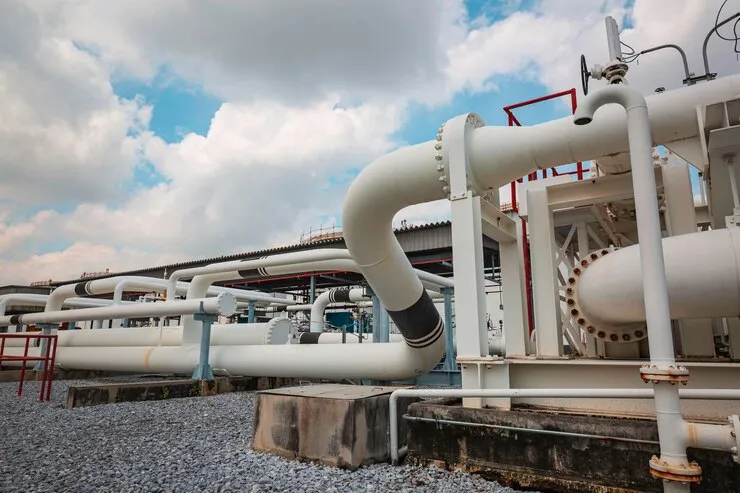
Pipelines, refineries, and petrochemical plants
Power plants for steam, water, and fuel lines
Chemical plants for process piping systems
Municipal and industrial water supply systems
Heating, ventilation, and air conditioning systems
Hygienic piping systems with stainless steel reducers
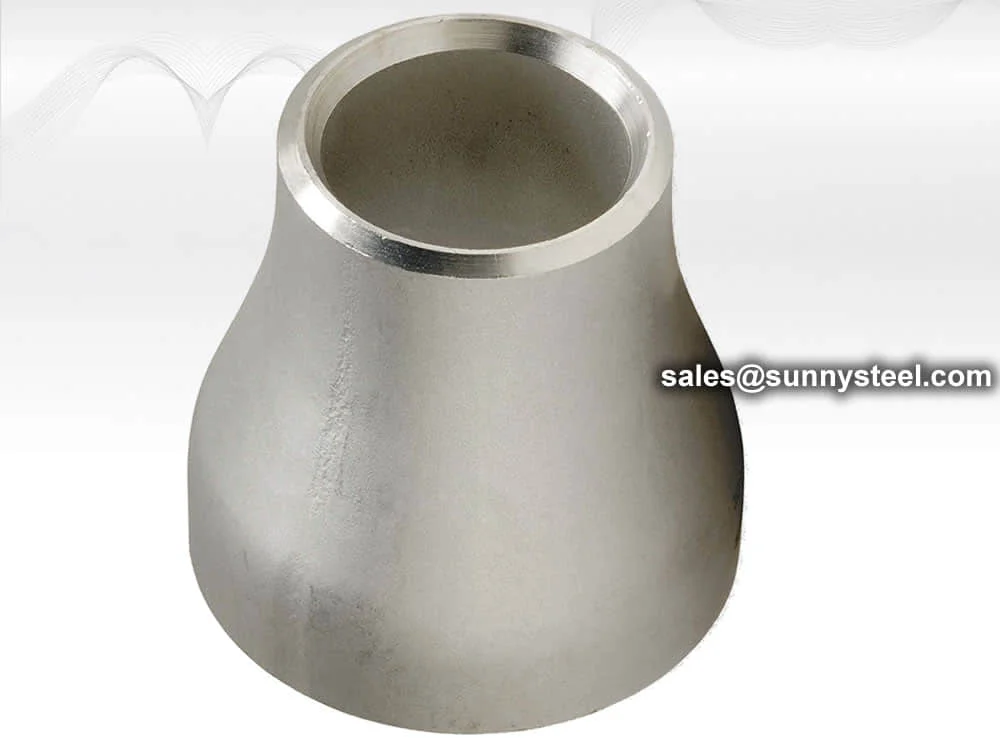
A stainless steel reducer is a pipe fitting used t...
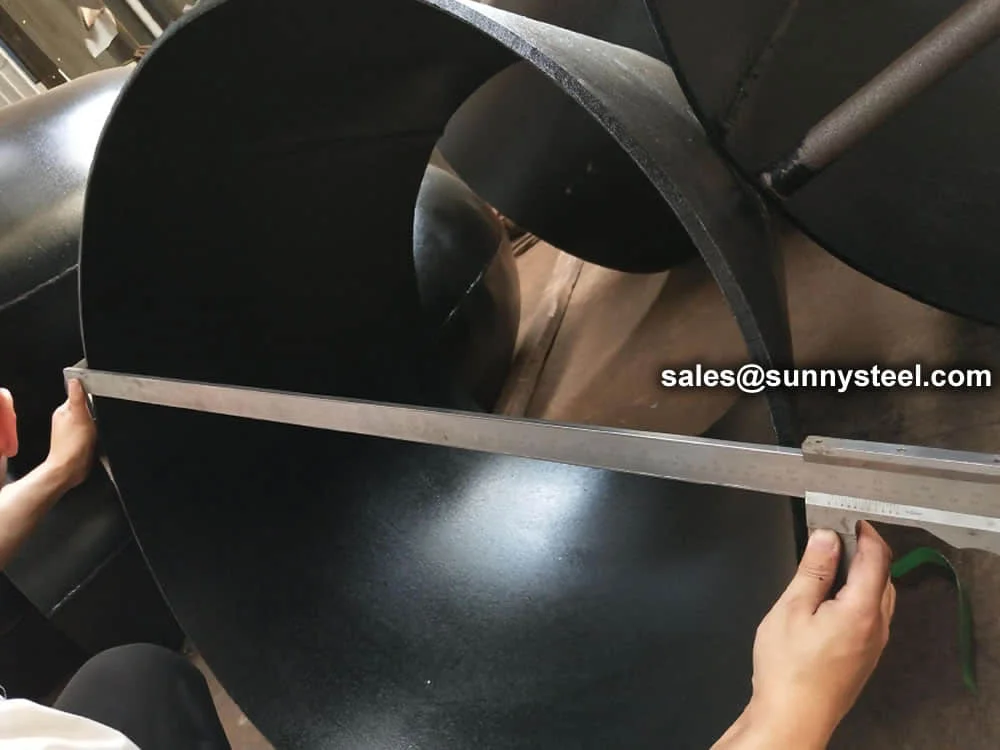
Large-size eccentric reducers (≥24" or 610mm)...
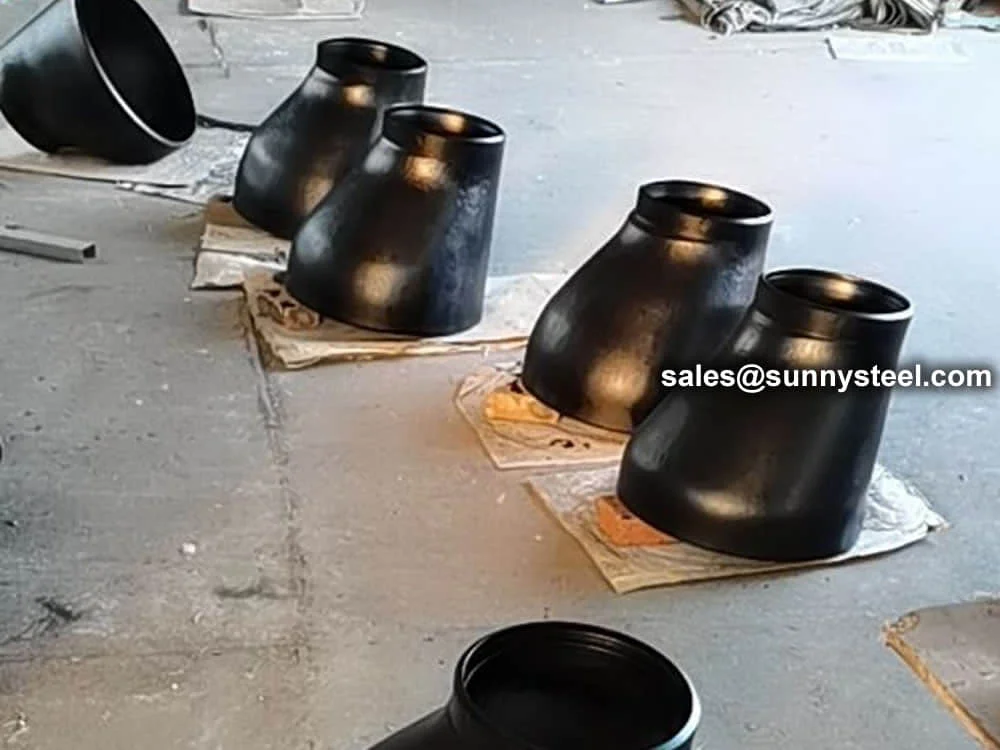
Astm a234 wpb eccentric reducers are high-quality ...
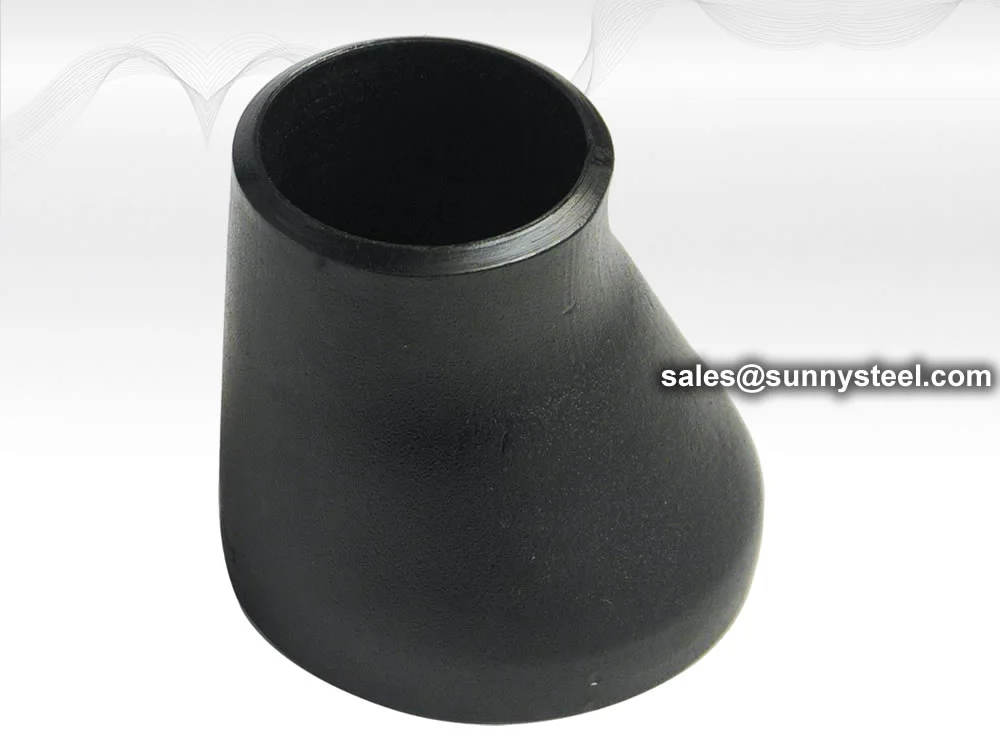
Eccentric reducers are fittings used to connect pi...
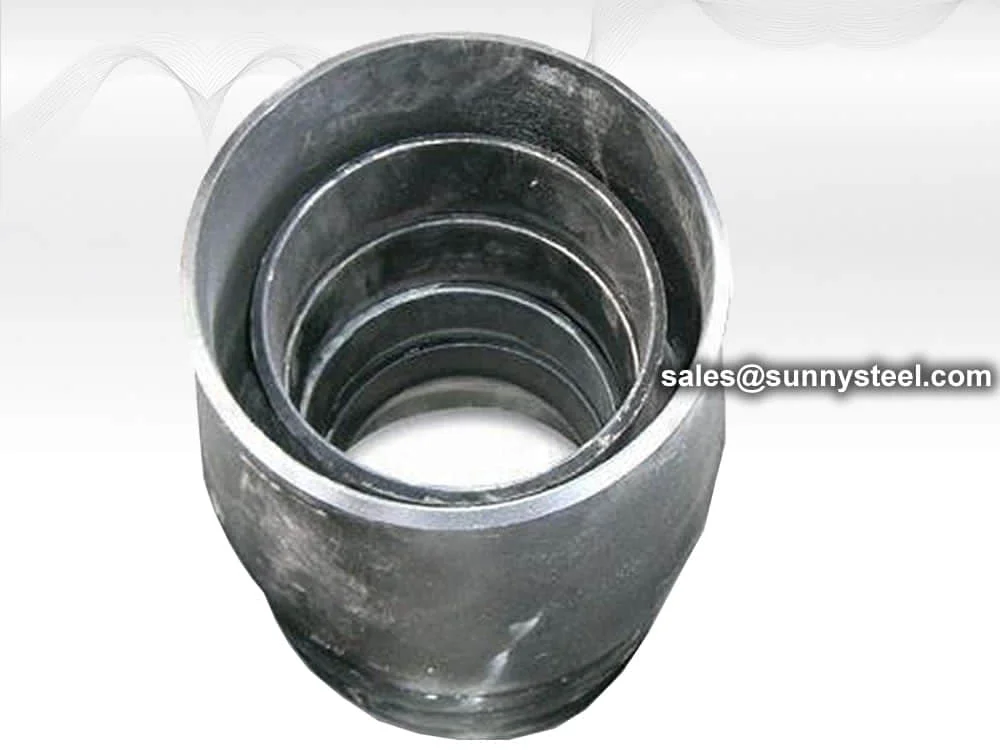
Astm a234 wpb concentric reducers are high-quality...
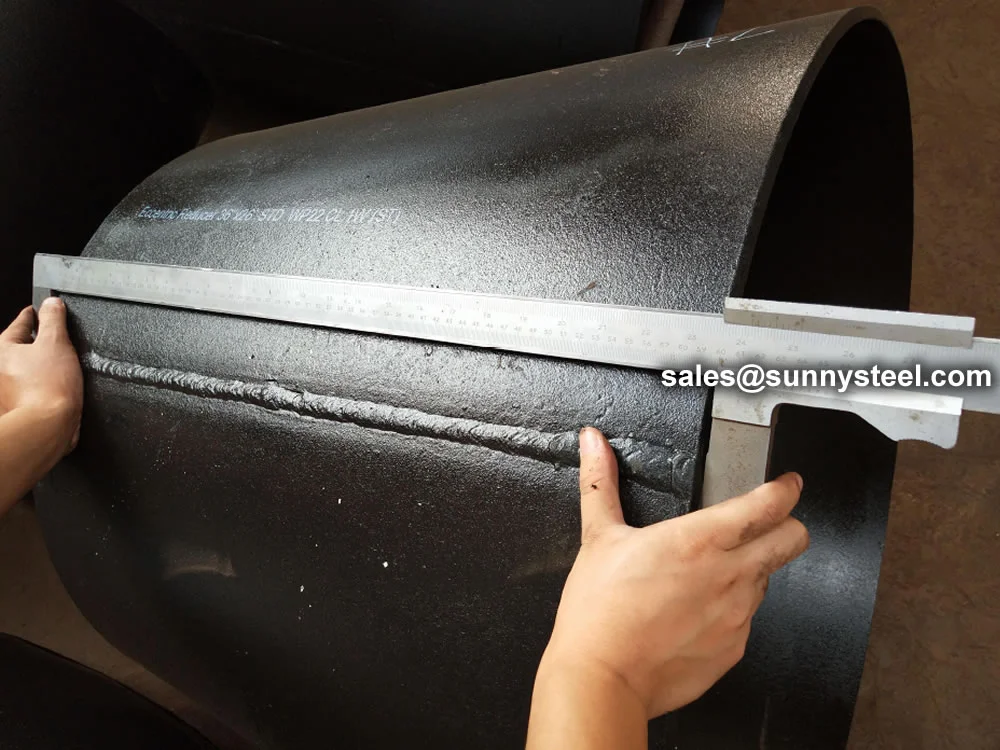
Astm a234 wp22 reducers are high-performance low-a...